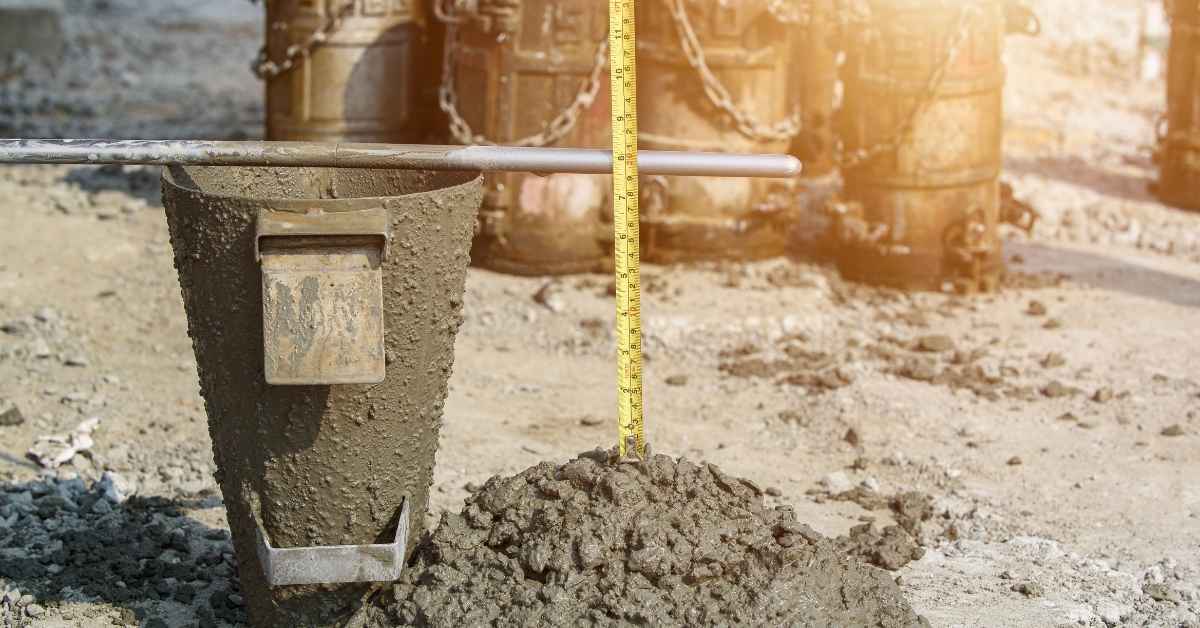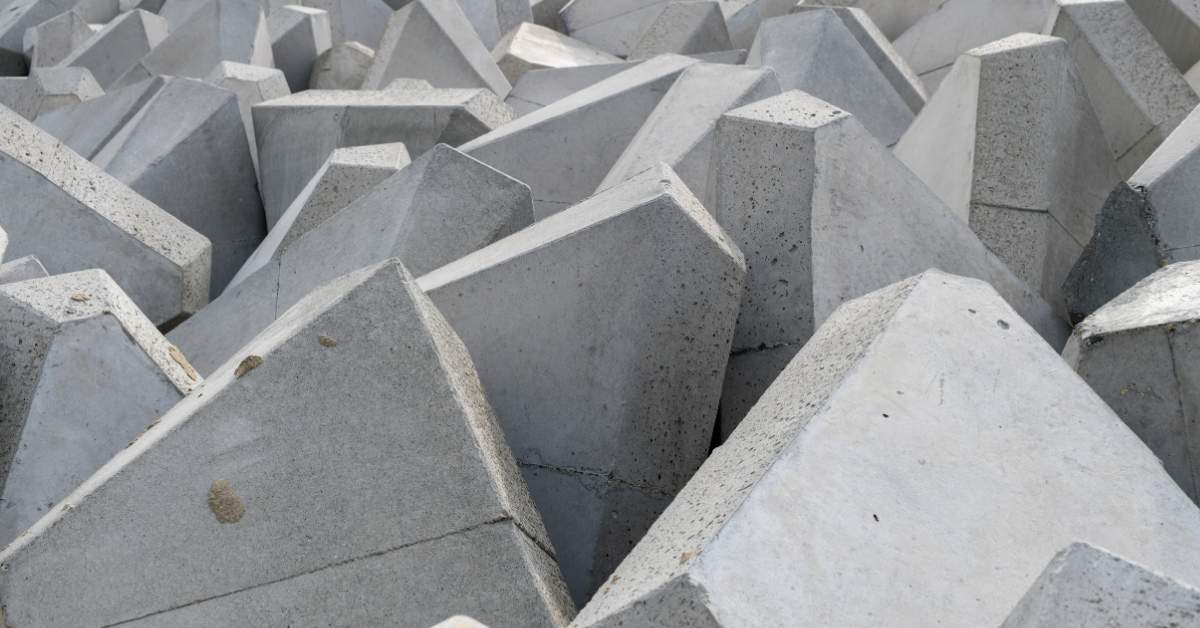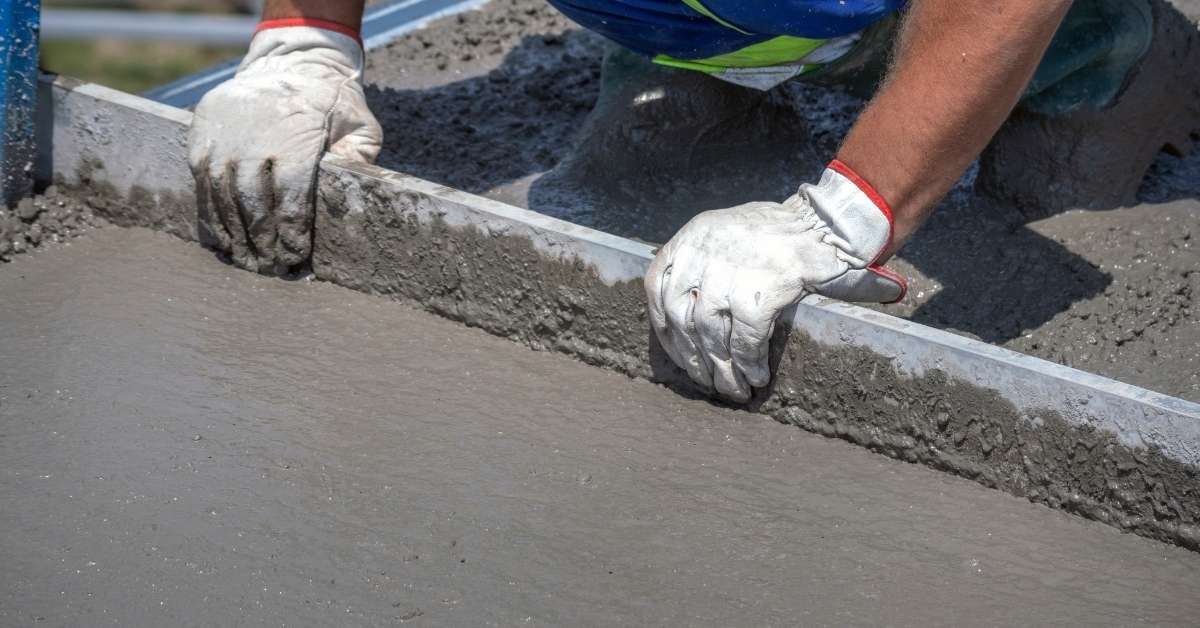Table of Contents
Key Takeaways
- Gather essential materials: water, curing compounds, and plastic sheeting to maintain moisture and protect against evaporation.
- Monitor environmental conditions closely, as temperature and wind can accelerate moisture loss; adjust curing methods accordingly.
- Follow a step-by-step curing process for at least 7 days to allow concrete to achieve optimal strength and durability.
- Inspect covered areas daily to ensure they remain moist and adjust coverings as necessary to prevent drying spots.
Introduction
Understanding the differences between curing and drying concrete is essential for achieving the desired strength and durability. The term “28 days” often represents the period during which concrete gains most of its strength, but the first week is particularly critical in this process.
During the initial days, environmental factors can significantly influence the effectiveness of curing methods. Maintaining proper moisture levels and protecting the concrete from adverse conditions are vital to ensure optimal hydration and strength development.
Materials & Tools Needed for Curing
To effectively cure concrete, it is essential to gather the right materials and tools. Having the correct items on hand can significantly impact the curing process, ensuring that the concrete achieves its intended strength and durability.
Common materials for curing include water, curing compounds, and plastic sheeting. Each of these plays a vital role: water typically needs to be applied at least every few hours to maintain moisture levels, curing compounds (which can be liquid or spray) typically help retain moisture for several days, and plastic sheeting (or burlap) protects the surface from evaporation and environmental factors such as wind and sunlight. The tools required may vary based on the chosen curing method, but generally include spray equipment, brushes, and protective coverings to apply the materials effectively and shield the curing concrete.
- Water source (hose or buckets) – Essential for keeping the concrete moist during the curing period, typically requiring water application every 4-6 hours.
- Curing compound (liquid or spray) – Helps to retain moisture and prevent rapid evaporation, typically applied once or twice during the curing process to promote better strength development.
- Plastic sheeting or burlap – Provides a barrier against wind and sun, typically covering the concrete for at least 7 days to reduce moisture loss from the concrete surface.
- Spray nozzle or applicator – Allows for even application of water or curing compounds to ensure consistent coverage, typically adjustable for different flow rates.
- Protective coverings (for wind or sun) – Shields the curing concrete from environmental factors that could hinder the curing process, typically used whenever conditions are unfavorable.
Quick Facts
Having the right materials and tools is crucial for effective curing. Ensure you have a reliable water source and appropriate curing compounds to maintain moisture levels throughout the curing process.

Understanding the Curing Process
The curing process is crucial for the strength and durability of concrete. It ensures that the concrete retains the necessary moisture to allow for proper hydration of the cement particles, which is essential for achieving optimal compressive strength. Typically, this process is critical for the first 28 days, as this is when the majority of strength gain occurs.
During the first week, environmental conditions can significantly impact the curing process. Factors such as temperature (typically ranging from 50°F to 90°F) and wind can lead to rapid evaporation, making it imperative to monitor the concrete closely and adjust curing methods as needed. In hot and windy conditions, for instance, evaporation rates can increase, requiring more frequent watering or the use of curing compounds to retain moisture.
Quick Facts
- Typically, curing should last at least 7 days for optimal results, but extending the curing period to 14 days can further enhance strength, especially in hot weather.
| Time Frame | What Happens | Actions to Take |
|---|---|---|
| 1 Week | Initial hydration and strength gain, with a focus on preventing surface drying. | Water regularly (at least twice daily) to maintain moisture. |
| 2 Weeks | Concrete continues to cure and harden, reaching about 50-70% of its final strength. | Reduce watering frequency to once daily, but keep the surface damp to prevent cracking. |
| 3 Weeks | Strength increases, but hydration is still necessary for optimal development. | Monitor for cracks and maintain moisture as needed, especially during dry spells. |
| 4 Weeks | Concrete reaches significant strength, often around 70-90% of its potential. | Continue light watering if conditions are dry, and consider applying a curing compound for extended moisture retention. |
Step-by-Step Guide to Curing Concrete
Curing concrete effectively is crucial for ensuring its strength and durability. Follow these steps to successfully cure your concrete during the critical first week, understanding what happens within the concrete at each stage.
- Immediately after finishing the surface, apply water or a curing compound to prevent moisture loss. This step helps maintain the necessary moisture content, which is vital for the hydration process, allowing the cement to bond and harden properly.
- Cover the concrete with plastic sheeting or burlap to protect it from sun and wind. This covering minimizes evaporation, ensuring that the concrete remains moist, which is essential for the chemical reactions that develop strength.
- Reapply water or curing compound every 4-6 hours, especially in hot or windy conditions. Frequent reapplication helps sustain the hydration process, preventing cracks and ensuring a uniform curing environment.
- Inspect the covered areas daily to ensure they remain moist and adjust coverings if necessary. Regular checks help identify any drying spots, which can compromise the integrity of the concrete as it cures.
- Continue this process for a minimum of 7 days to allow proper hydration. Adequate curing time is critical, as it allows the concrete to achieve its optimal strength and durability through continued hydration.
Quick Facts
Ensure to monitor moisture levels daily and adjust your curing methods based on environmental conditions.
Common Issues During the Curing Process
During the curing process, several common issues can arise that may hinder the concrete’s ability to gain strength effectively. Insufficient moisture retention is a frequent problem, particularly in hot (typically above 85°F) or windy conditions, leading to premature drying and cracks. In such environments, the concrete can lose moisture at a rate of 0.1 to 0.5 pounds per square foot per hour, which can significantly impact its strength development.
Additionally, improper application of curing compounds can result in uneven moisture levels, adversely affecting the final quality of the concrete. For instance, if curing compounds are applied too thinly or unevenly, areas of the slab may dry out faster than others, causing inconsistencies in strength and durability.
Another issue is the potential for surface defects, such as scaling or crazing, which can occur if the surface dries too quickly (typically within the first 24 hours). These defects can be exacerbated by high temperatures or low humidity, leading to a compromised surface layer. To mitigate these problems, it is crucial to closely monitor environmental conditions and adjust curing methods accordingly.
For example, using wet burlap or plastic sheeting can help retain moisture in extreme conditions. Regular inspections and timely reapplication of curing methods can help ensure that the concrete remains adequately hydrated throughout the critical curing period, which generally lasts for at least 7 days for optimal strength gain.
Quick Facts
Typical time for effective curing is at least 7 days. Common pitfalls include inadequate moisture retention (especially in temperatures above 85°F) and uneven application of curing compounds. Best practices involve regular inspections and adapting methods to environmental conditions to ensure consistent hydration.
Failure modes & fixes
- Cracking due to premature drying: Increase water application frequency, especially in hot or windy conditions.
- Surface defects from uneven curing: Ensure even application of curing compounds and consider using moisture-retaining coverings.
- Inconsistent strength: Regularly check moisture levels and adjust coverage as needed to maintain adequate hydration throughout the curing period.

The Science Behind Curing: Importance of the First Week
The first week of curing is critical as it sets the foundation for concrete strength through effective hydration. During this period, typically spanning 7 days, the concrete continues to gain strength as the hydration process occurs. This process is essential to prevent issues such as cracking or surface defects; studies indicate that concrete can lose up to 50% of its potential strength if not properly cured during this timeframe.
Typically, the concrete may achieve around 70% of its final strength by the end of this week, emphasizing the importance of proper curing practices.
Understanding the science behind curing helps in recognizing how environmental conditions, such as temperature and humidity, can influence the hydration process. For instance, temperatures typically between 50°F (10°C) and 90°F (32°C) are ideal for curing, as extreme temperatures can accelerate or inhibit hydration. When temperatures drop below 50°F (10°C), the hydration process slows significantly, while temperatures above 90°F (32°C) can lead to rapid evaporation of moisture.
By maintaining optimal moisture levels—ideally around 70% relative humidity—during the first week, the longevity and durability of the concrete can be significantly enhanced, reducing the risk of surface cracking and improving overall performance.
Quick Facts
- Hydration is most effective in the first 7 days, typically impacting overall strength by up to 70%.
- Common pitfalls include neglecting moisture retention and allowing the surface to dry out, which can occur within just a few hours of exposure to air.
- Best practices involve frequent water application—typically every 3 to 6 hours—and monitoring environmental conditions to ensure optimal curing.
Best Practices and Alternatives for Effective Curing
To achieve optimal curing results, it’s essential to implement best practices that adapt to the specific conditions of the project:
- Use wet burlap or curing blankets to retain moisture in hot weather, typically requiring re-wetting every 2 to 4 hours to maintain effectiveness. In extreme heat, this may increase to every hour.
- Employ shade structures to protect surfaces from direct sunlight, especially during peak sun hours, typically between 10 AM and 4 PM. Consider using reflective materials to enhance shade effectiveness.
- Schedule regular checks on curing conditions, ideally every 24 hours, to ensure moisture levels are adequate. During particularly dry or windy conditions, checks may need to be increased to every 12 hours.
- Consider curing compounds when water availability is limited; these compounds can be effective for a curing period of 7 to 14 days, depending on the product used and environmental conditions. Always follow the manufacturer’s guidelines for application.
- Ensure compatibility of curing compounds with finishing processes by checking manufacturer’s recommendations, typically allowing a curing time of 7 days before applying any sealers or coatings to prevent adhesion issues.
Quick Facts
Approx time: 7 days for optimal moisture retention.
Pitfalls: Inconsistent moisture levels, neglecting environmental conditions, and improper application of curing compounds.
Best practices: Regular monitoring, adapting methods based on weather, and ensuring proper material compatibility.

Conclusion
In summary, effective curing of concrete hinges on the right materials and tools, including a reliable water source, curing compounds, and protective coverings. By consistently applying water and monitoring environmental conditions, you can optimize the hydration process and enhance the concrete’s strength over the critical first 28 days.
This structured approach not only promotes durability but also minimizes the risk of cracking. However, challenges such as fluctuating weather conditions and ensuring consistent moisture can complicate the curing process.
High temperatures and strong winds may necessitate more frequent watering or the use of additional curing compounds to maintain moisture levels. It’s essential to remain vigilant during these conditions to avoid compromising the integrity of the concrete.
To ensure the best results, take action now by preparing your materials and tools for the curing process. By committing to a structured curing plan and actively monitoring your concrete, you can achieve optimal strength and durability.
Don’t leave your project to chance—start your curing process today for long-lasting results!
FAQ
What materials are needed for curing concrete?Essential materials for curing concrete include water, curing compounds, and plastic sheeting. These items help maintain moisture levels and protect the concrete from environmental factors that can hinder the curing process.
How long should the curing process last?The curing process should ideally last at least 7 days to ensure optimal strength and durability. Extending the curing period to 14 days can further enhance the concrete’s strength, especially in hot weather conditions.
What are common issues during the curing process?Common issues include insufficient moisture retention, especially in hot or windy conditions, which can lead to premature drying and cracking. Additionally, improper application of curing compounds can cause uneven moisture levels, affecting the concrete’s final quality.
How often should I apply water during curing?Water should be applied every 4-6 hours during the curing process, particularly in hot or windy conditions. Regular application is crucial to maintain adequate moisture levels and prevent cracking.

